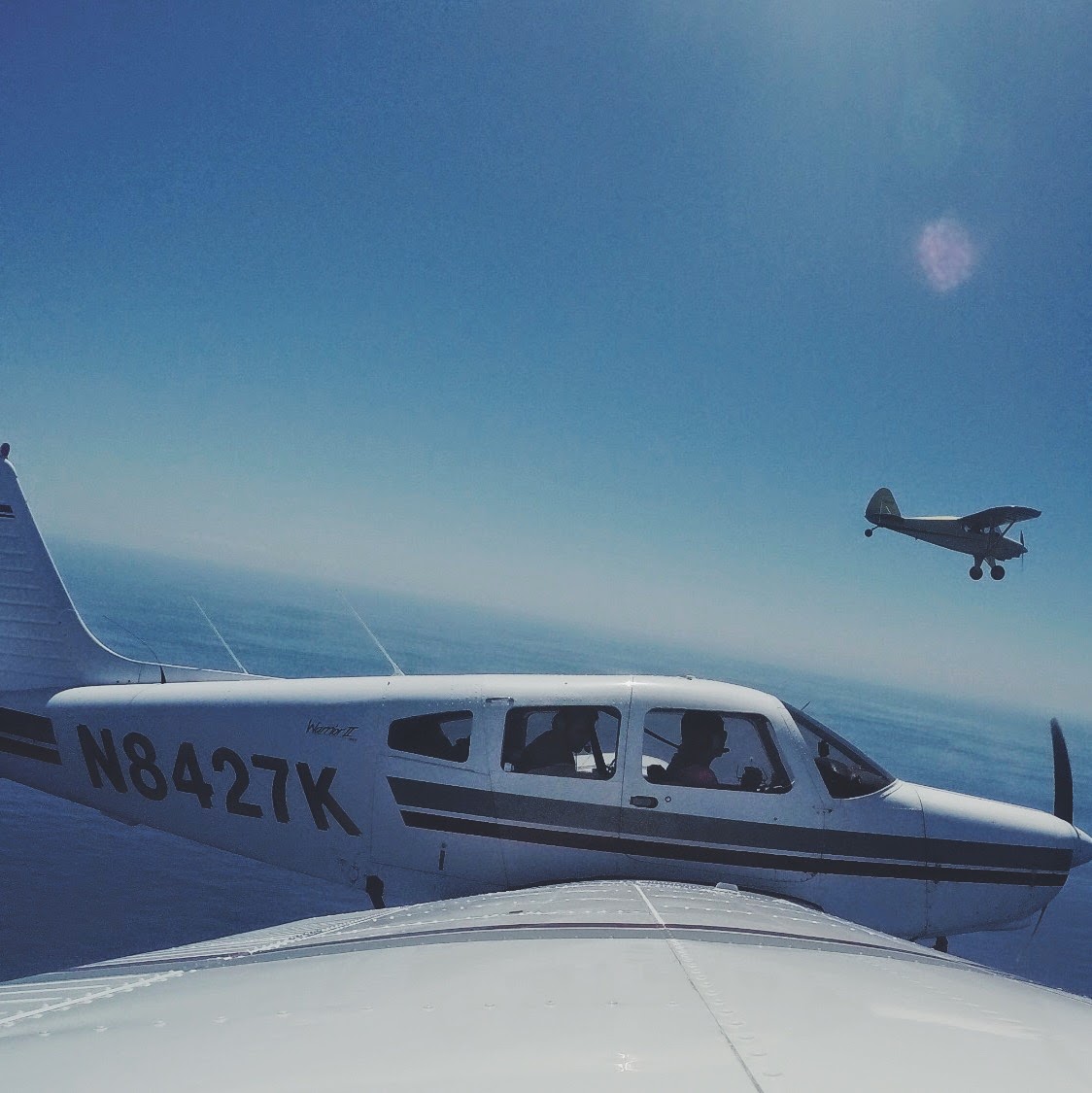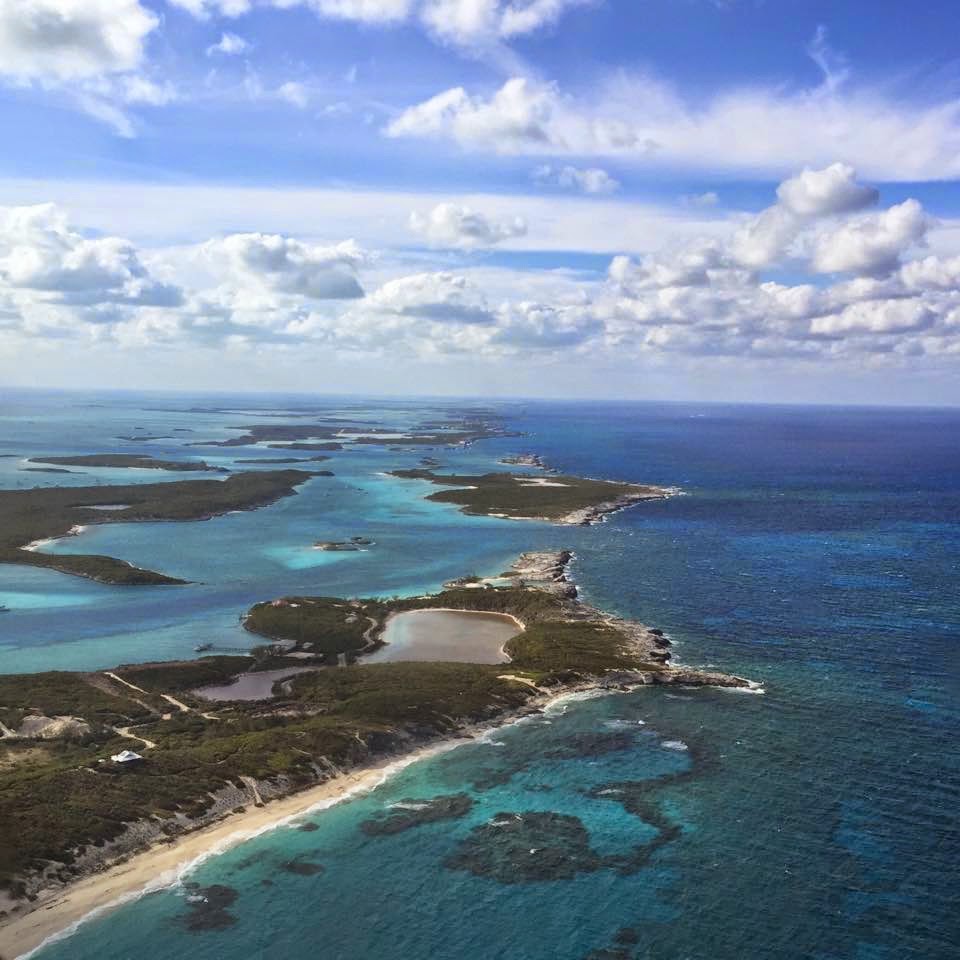I was originally awarded the 757/767 back in February, but this came on a fairly open-ended bid that allowed the company to converted awarded pilots more or less when they pleased (though always in seniority order). At the time the thinking was that they needed us on the line yesterday, and I assumed I'd be trained and on the line by July. As it turned out, I was dead wrong and got to enjoy another sweaty summer on the Mad Dog. I then would have been placed in training in October, except that was when I had two weeks of vacation, and in the bid preferences I had asked for the vacation to be honored. After all, that was when I was heading down to the BVI for my fourth year of sailing in the Interline Regatta. Because of the vacation, PBS only assigned me six days of flying in October, a four-day trip before the regatta and a two-day to end the month. I was subsequently assigned a 6 Nov class date, and despite my best efforts to get 1-5Nov off, PBS assigned a two-day trip on the 1st and 2nd.
I caught a lucky break and had my early October trip pulled for newhire OE, since I was paired up with a line check airman. This left me with only four days of flying to finish up my stint on the Mad Dog, 30Oct-2Nov. Coming back to any airplane after a full month off is a little uncomfortable, but once you've been on it a while it only takes a leg or two to get back into the swing of things. Of course I'd already been hard at work studying for my new airplane for a few weeks, and I had a couple minor screwups due to the negative transfer (on one takeoff roll I accidentally called "80 knots, throttle hold, thrust normal" instead of "Clamp, 80 knots, thrust normal" - which the captain thought was hilarious). Overall, though, I didn't make too many "short-timer's" mistakes.
Lord knows there was plenty of opportunity to screw the pooch. The first three days were a hilariously bad compendium of the assorted and well-known ravages of Mad Dog flying that keep senior FOs on widebody fleets long after they can hold MD captain. The weather was dogshit all up and down the east coast - low ceilings, wind, and rain - with the attendant flow programs and major delays going in and out of hub airports. We seemed to have maintenance issues on nearly every leg: a bunch of MELs, or unusual ones that required extra study, or open writeups from prior crew, breakages during preflight, and glitches enroute. We had the exact same malfunction I wrote about in my column earlier this year: the FMS spontaneously dumped all route and performance data, apparently due to a momentary power interruption. This time it happened while descending at night on a complex RNAV arrival (and getting the snot kicked out of us in heavy rain); I saw the problem right away and immediately reverted to lower automation levels while the captain coaxed a simpler clearance out of the clearly-displeased controller. That was on leg three of a long four-leg day - with two plane swaps - in and out of our largest hub. The next leg (different airplane) saw me hand-flying a no-kidding ILS approach into mountainous Asheville, NC, after the autopilot did a decidedly unsatisfactory job of tracking the localizer. We broke out about a hundred feet above minimums. Despite our late-night arrival and the driving rain, the captain accompanied me to one of my favorite Asheville watering holes for a nightcap. The brew went down easy on my last Mad Dog layover.
The last day started the same as the first three, with rain and low ceilings prompting flow delays into "Mecca." Our last leg to Minneapolis, thankfully, was blissfully smooth once we got past Nashville. The weather was decent in Minnesota, we broke out of the high overcast to see the lights of the Twin Cities stretched before us, and ATC cleared us for the visual approach quite early. I clicked off the autopilot and autothrottles at 8000 feet and enjoyed my last time handflying the old gal around the pattern to Runway 12R. My last landing wasn't perfect, but it wasn't horrible either; I'll take it. It was a little surreal to think I may have landed that plane for the last time, though I rather suspect I'll have another crack at Mad Dog wrangling at some point in my career. In the meantime, I've been advised that any misplaced nostalgia for the Mad Dog will likely disappear right about when I land the Boeing 757 for the first time!
I caught a lucky break and had my early October trip pulled for newhire OE, since I was paired up with a line check airman. This left me with only four days of flying to finish up my stint on the Mad Dog, 30Oct-2Nov. Coming back to any airplane after a full month off is a little uncomfortable, but once you've been on it a while it only takes a leg or two to get back into the swing of things. Of course I'd already been hard at work studying for my new airplane for a few weeks, and I had a couple minor screwups due to the negative transfer (on one takeoff roll I accidentally called "80 knots, throttle hold, thrust normal" instead of "Clamp, 80 knots, thrust normal" - which the captain thought was hilarious). Overall, though, I didn't make too many "short-timer's" mistakes.
Lord knows there was plenty of opportunity to screw the pooch. The first three days were a hilariously bad compendium of the assorted and well-known ravages of Mad Dog flying that keep senior FOs on widebody fleets long after they can hold MD captain. The weather was dogshit all up and down the east coast - low ceilings, wind, and rain - with the attendant flow programs and major delays going in and out of hub airports. We seemed to have maintenance issues on nearly every leg: a bunch of MELs, or unusual ones that required extra study, or open writeups from prior crew, breakages during preflight, and glitches enroute. We had the exact same malfunction I wrote about in my column earlier this year: the FMS spontaneously dumped all route and performance data, apparently due to a momentary power interruption. This time it happened while descending at night on a complex RNAV arrival (and getting the snot kicked out of us in heavy rain); I saw the problem right away and immediately reverted to lower automation levels while the captain coaxed a simpler clearance out of the clearly-displeased controller. That was on leg three of a long four-leg day - with two plane swaps - in and out of our largest hub. The next leg (different airplane) saw me hand-flying a no-kidding ILS approach into mountainous Asheville, NC, after the autopilot did a decidedly unsatisfactory job of tracking the localizer. We broke out about a hundred feet above minimums. Despite our late-night arrival and the driving rain, the captain accompanied me to one of my favorite Asheville watering holes for a nightcap. The brew went down easy on my last Mad Dog layover.
The last day started the same as the first three, with rain and low ceilings prompting flow delays into "Mecca." Our last leg to Minneapolis, thankfully, was blissfully smooth once we got past Nashville. The weather was decent in Minnesota, we broke out of the high overcast to see the lights of the Twin Cities stretched before us, and ATC cleared us for the visual approach quite early. I clicked off the autopilot and autothrottles at 8000 feet and enjoyed my last time handflying the old gal around the pattern to Runway 12R. My last landing wasn't perfect, but it wasn't horrible either; I'll take it. It was a little surreal to think I may have landed that plane for the last time, though I rather suspect I'll have another crack at Mad Dog wrangling at some point in my career. In the meantime, I've been advised that any misplaced nostalgia for the Mad Dog will likely disappear right about when I land the Boeing 757 for the first time!


















.jpg)
.jpg)
.jpg)

















































